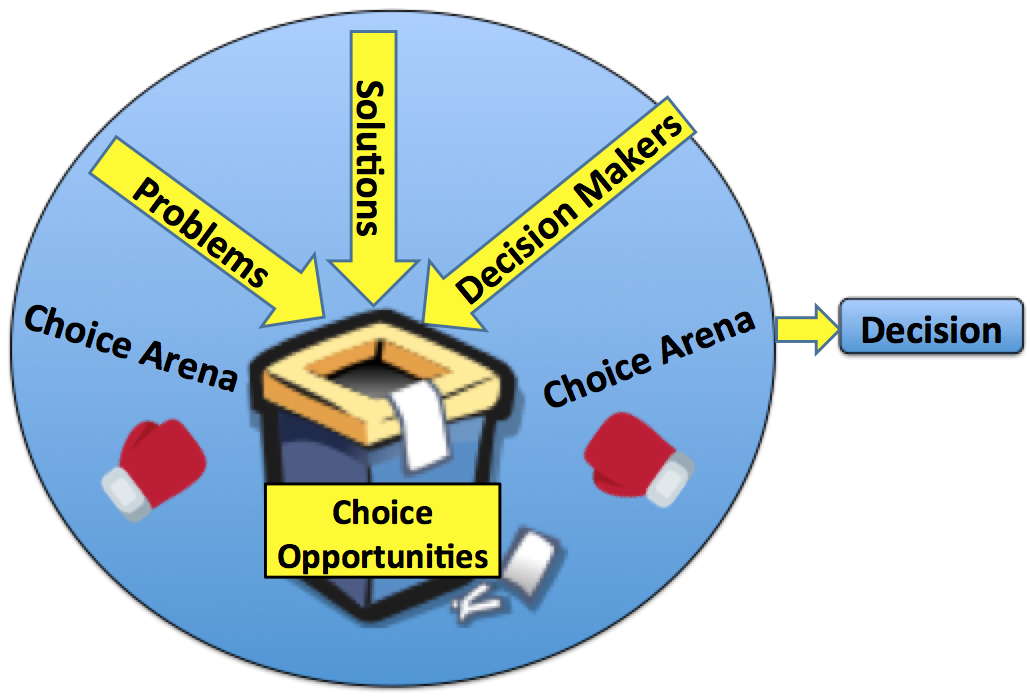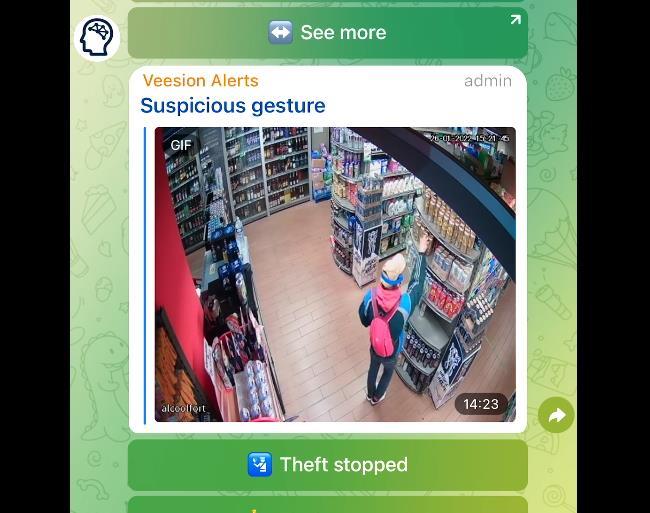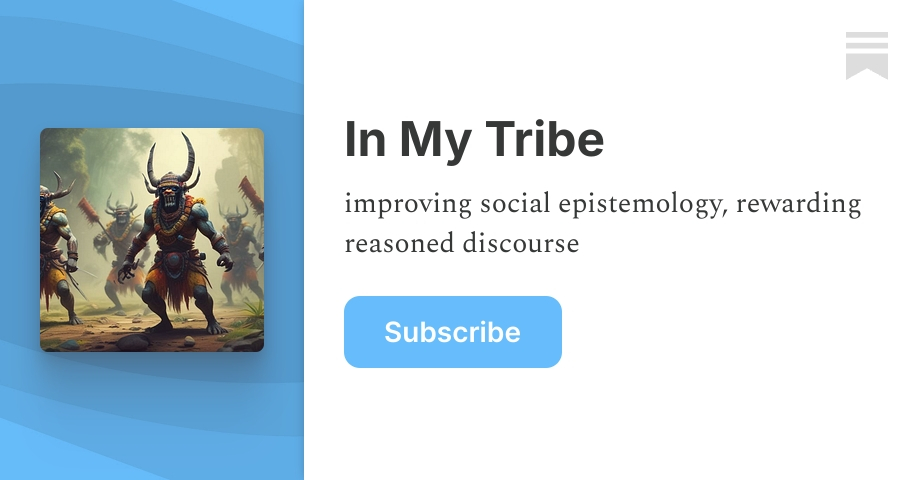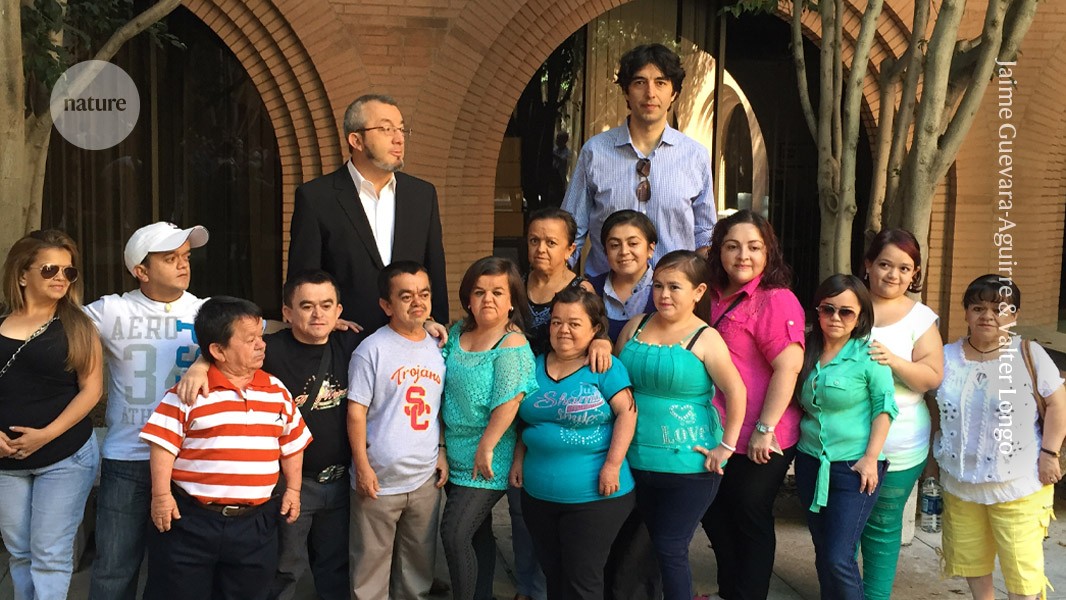
Garbage can model - Wikipedia
The garbage can model (also known as garbage can process, or garbage can theory) describes the chaotic reality of organizational decision making in an organized anarchy.[2] The model originated in the 1972 seminal paper, A Garbage Can Model of Organizational Choice, written by Michael D. Cohen, James G. March, and Johan P. Olsen.[1]
Organized anarchies are organizations, or decision situations (also known as choice opportunities), characterized by problematic preferences, unclear technology, and fluid participation.[1] While some organizations (such as public, educational, and illegitimate organizations) are more frequently characterized by these traits of organized anarchy, the traits can be partially descriptive of any organization, part of the time.[1][3]
Within this context, of an organized anarchy view of organizational decision making, the garbage can model symbolizes the choice-opportunity/decision-situation (for example: a meeting where ideas are discussed and decided on) as a "garbage can" that participants are chaotically dumping problems and solutions into, as they are being generated. The "garbage can" term's significance is best understood by considering the manner in which items in a trash can are organized, which is a messy, chaotic mix. The model portrays problems, solutions, and participants/decision-makers as three independent "streams" that are each generated separately, and flow disconnected from each other. These three streams only meet when the fourth stream of choice opportunity arises, as a garbage can, for the streams to flow into. The mix of garbage (streams) in a single can (choice opportunity) depends on the mix of cans available, on the labels attached to each can, and on what garbage is currently being generated. The mix of garbage in a single can also depend on the speed at which the garbage is collected and removed from the scene, for example, how long before problems, solutions, and/or participants move on to other choice opportunities, or, depending on how long the current choice opportunity remains available.[1] This anarchic view of decision making contrasts with traditional decision theory.





















